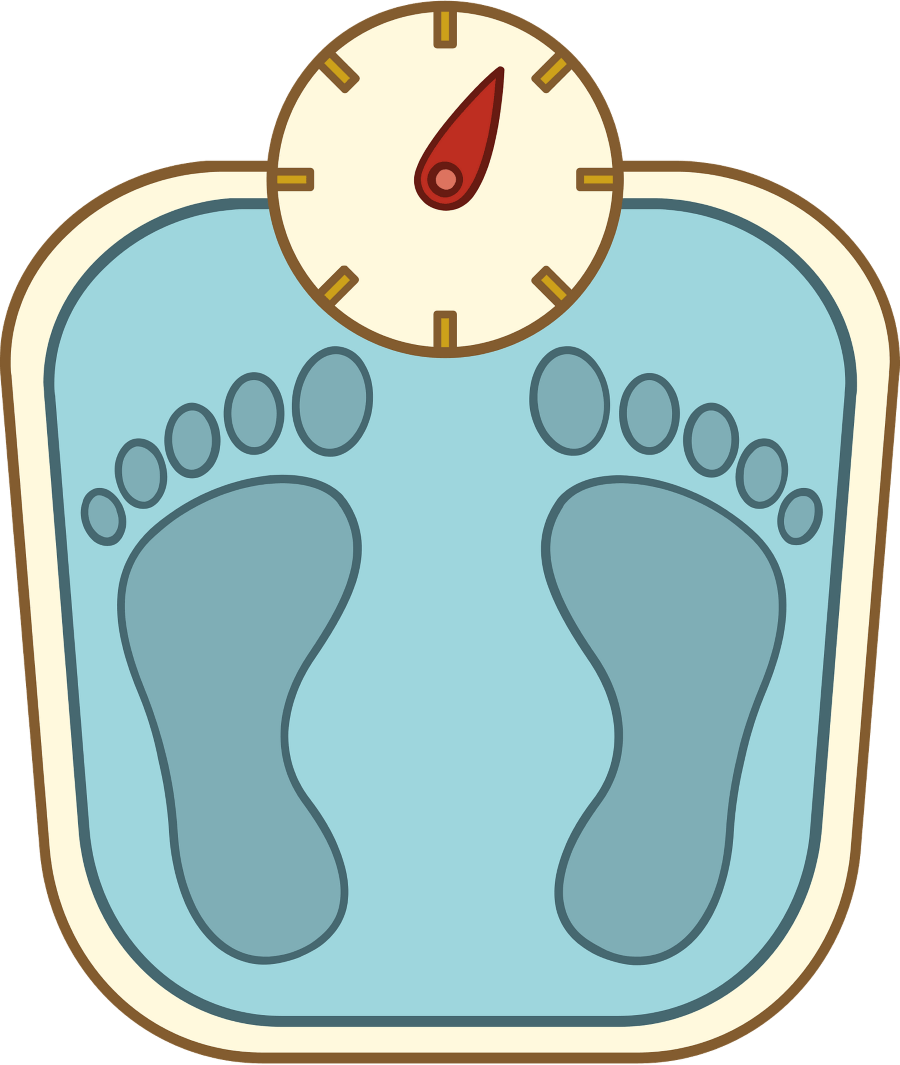
There are many reasons why electric bicycles have become increasingly popular in recent years. For starters, electric bikes are incredibly efficient, allowing you to travel longer distances with less effort than traditional bicycles. They are also an excellent option for anyone who is looking for a more environmentally friendly mode of transportation.
Another major benefit of electric bicycles is that they are much more affordable than cars. You can save thousands of £s a year by choosing to ride an electric bike instead of driving a car, making it a great option for those on a budget. Plus, electric bikes are much easier to maintain than cars, so you can save even more money in the long run.
In addition to being affordable and eco-friendly, electric bicycles are also incredibly versatile. They can be used for commuting, exercise, or simply for fun. With an electric bike, you can explore new places and get a little bit of exercise in the process.
Finally, one of the most significant benefits of using an electric bike is that it can help you stay healthy. Regular cycling has been shown to improve cardiovascular health, lower blood pressure, and even help with weight loss. And because electric bikes are easier to ride than traditional bicycles, you can get the benefits of cycling without putting too much strain on your body.
Overall, there are many reasons why electric bicycles are a great choice for anyone looking for a convenient, affordable, and eco-friendly mode of transportation. Whether you are commuting to work or simply want to explore the great outdoors, an electric bike is a fun and practical way to get around.
That all sounds great, but maybe a little vague, so let's look at some of the benefits in more detail.
Cardiovascular diseases—including stroke, high blood pressure, and heart attack—are leading causes of death worldwide. However, you can significantly reduce your risk of developing these conditions by stimulating your heart and lungs and improving blood circulation through regular exercise.
Cycling is a low-impact cardio exercise that has been proven to achieve impressive results in reducing the risk of cardiovascular disease. For example, a 2017 study conducted by the University of Glasgow with over 250,000 participants across the UK found that commuting to work by bicycle reduced the risk of heart disease by 46%, compared to non-active commuting. In contrast, walking reduced the risk by only 27%.
Cycling achieves such impressive results by strengthening your heart muscles, lowering resting pulse, and reducing blood fat levels. Although these tests were carried on on regular bicycles, the same effect takes place on pedal assist bicycles with the levels dependant on the amount of effort you put in, but general studies find that people who commit to an ebike no longer have the, shall I, shan't I debate with themselves and actually use the ebike more.


Aerobic exercise, such as cycling, is an effective way to lose weight. Moderate cycling can burn around 300 calories per hour and is a great method for reducing thigh and belly fat. But by increasing intensity, you can turn your workout into a more efficient fat-burning session.
The benefit of an ebike in this situation is to be able to cycle for longer periods, over tougher terrain giving you the incentive to keep going.
Once the fitness increases and the weight decreases you can adjust the power mode to still keep the same amount of effort applied, or ease off slightly and enjoy your new found fitness and weight goal achieved.
Regular cycling can be a highly effective habit to prevent and alleviate the symptoms of arthritis. The low-impact nature of cycling means that it is gentle on the joints, helping to lubricate them more evenly and lessening pain and stiffness, particularly in the hips, knees, and ankles. Additionally, cycling is a great way to strengthen the leg muscles, which can provide extra support and protection for the joints.
Research published in the Journal of rheumatology has shown that cycling can significantly reduce joint pain and stiffness, while also improving muscle strength in middle-aged and older adults with osteoarthritis. By incorporating cycling into your routine, you may be able to manage the symptoms of arthritis more effectively and improve your overall joint health.


Cycling also provides a sense of accomplishment and a break from daily stressors, which can improve mental well-being.
Physical activities promote the release of endorphins in your body, which helps you feel better, happier, and less chronic pain. In 2008 neurologists from the University of Bonn examined the endorphin level in the brains of 10 volunteers before and after a two-hour running session with the help of positive emission tomography (PET). They found an increased release of endorphins in certain areas of the athletes' brains involved in emotional processing and stress.
Breath regulation is a well-known technique to cope with stress. When you are under stress, your breathing becomes shallow and your brain suffers from the lack of oxygen. Cycling improves blood circulation so that more oxygenated blood reaches the brain, regenerates receptors, improves brain activity, and can even help to delay the onset of Alzheimer’s disease.
Cycling is a low-impact activity that can be incorporated into cancer treatment plans to help manage the side effects of chemotherapy and radiation therapy. Studies have shown that cancer patients who engage in physical activity, including cycling, experience less fatigue, nausea, and pain during treatment, as well as improved mood and quality of life. In addition, regular cycling can help cancer patients rebuild their strength and endurance following treatment. Cancer survivors who engage in regular physical activity have been found to have a lower risk of cancer recurrence and mortality.
It's important for cancer patients to consult with their healthcare provider before starting an exercise program and to gradually increase the intensity and duration of their cycling workouts as their fitness level improves.
There is also research on the relationship between cycling and cancer prevention, particularly breast, colon, and bowel cancer. The study of the University of Glasgow cited above related cycling with a 45% lower risk of developing cancer. In addition, a review of 16 cycling-specific studies linked commuter cycling with reduced all-cause mortality, cancer mortality, and cancer morbidity among middle-aged to elderly subjects.
It is also important to keep in mind that certain types of cancer, such as breast cancer, are associated with obesity. Regular bike-riding reduces the risk of developing these cancers by keeping you fit and normalizing your body weight.
So there you have it, from a cancer survivor who knows first hand, cycling regularly is a proven way to live a longer, healthier life.
